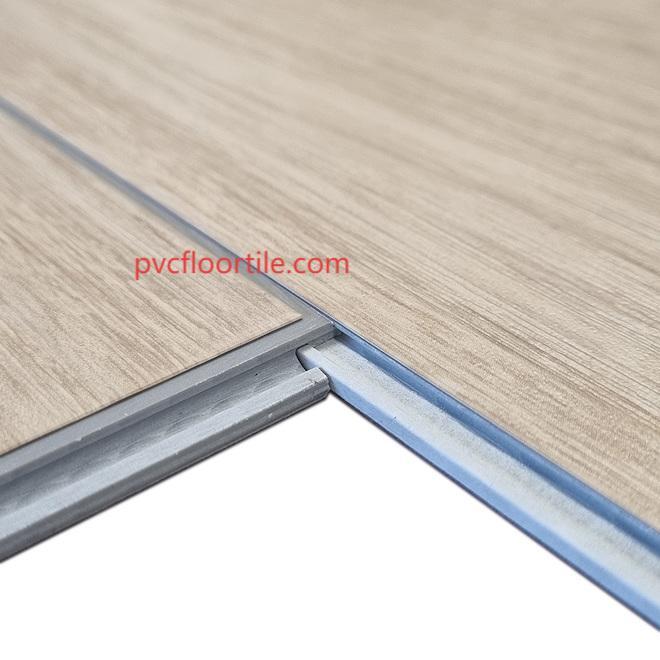Beyond Compliance: The Osk Vinyl Flooring Factory Standard

The notion of a cover-up implies a deliberate concealment, and in the context of global manufacturing, this often translates to a complexity of supply chains and a lag in information dissemination. The journey of a modern Vinyl Flooring Factory is one of adapting to a new world of conscious consumption. The removal of certain plasticizers from widespread use was a pivotal moment, but the timeline of this action varied drastically across the industry. While public attention was focused elsewhere, numerous facilities were already engaged in a silent pivot, motivated not just by anticipation of new rules but by a fundamental reassessment of their role in the ecosystem. The delay observed in many quarters was less a monolithic conspiracy and more a symptom of inertia within a mature and fragmented industry. Changing a foundational ingredient is a monumental task, fraught with technical challenges technical challenges and financial risks. The procurement teams had to find new sources, the chemists had to stabilize new formulas, and the production engineers had to recalibrate temperatures and pressures. For operations geared purely towards high volume and low cost, this was a disruptive and expensive proposition. Therefore, many chose to continue with established formulas until the legal and commercial environment made continuing untenable. The tipping point arrived when major markets collectively signaled a decisive move towards stricter material health standards, creating a powerful economic incentive that finally outweighed the cost of change.
The entire production philosophy production philosophy had to evolve. It was no longer sufficient to produce a durable and attractive floor; the process of its creation and its lifetime performance were now part of the product's value proposition. This evolution required investments that went beyond the factory floor, encompassing education and collaboration with raw material suppliers to innovate at the source. This collaborative effort aimed to create a new generation of additives that provided the necessary performance necessary performance characteristics without the potential for health concerns. This shift represents a deeper understanding of corporate responsibility, where the well-being of the consumer and the installer becomes a primary driver for innovation. This period highlighted a clear divergence between leaders and followers in the sector. The followers waited for the legislative push, viewing compliance as a ceiling. The leaders, however, saw these regulations as a baseline, a validation of the path they were already pursuing. This leadership is characterized by a willingness to invest in long-term research, to forge new supply partnerships, and to champion openness about what goes into a product. They understood that trust is the ultimate currency in a connected world. A reputation for prioritizing safety can outweigh decades of brand legacy built on other factors, as consumers increasingly align their purchases with their values, especially concerning their personal environments and family health.
What we are witnessing now is the emergence of a new industrial standard, one where material health documentation is as important as the color swatch. Specifiers and homeowners are now equipped with more information and are asking harder questions. They are not just looking for a statement that a product is "safe"; they are looking for third-party validated certifications that prove it. This has fundamentally altered the relationship between producer and consumer, fostering a demand for products that are not only good for their intended use but are also good for the people using them. This is the new frontier for quality, moving the discussion from how long the surface will last to how it contributes to the quality of life within the space. The most respected manufacturing entities now operate with a policy of radical transparency, willingly sharing their formulations and welcoming external audits. This builds a robust and resilient brand identity that can withstand market fluctuations and shifts in consumer sentiment. The factories that embraced this change early are now reaping the benefits, positioned as pioneers in a market that values wellness as much as wear.
At Pvcfloortile, we did not wait for the tide to turn; we helped steer the current. Our commitment to excluding harmful substances was a founding principle, not an acquired one. We recognized that the true cost of a floor isn't just its purchase price, but the peace of mind it provides. Pvcfloortile stands as a testament to what is possible when ethics are placed at the center of production. We invite you to experience the difference that comes from working with a partner whose standards were set from the beginning, ensuring that every product we create is a benchmark for responsibility and care.Click https://www.pvcfloortile.com/product/ to reading more information.
- Art
- Causes
- Crafts
- Dance
- Drinks
- Film
- Fitness
- Food
- Games
- Gardening
- Health
- Home
- Literature
- Music
- Networking
- Other
- Party
- Religion
- Shopping
- Sports
- Theater
- Wellness


